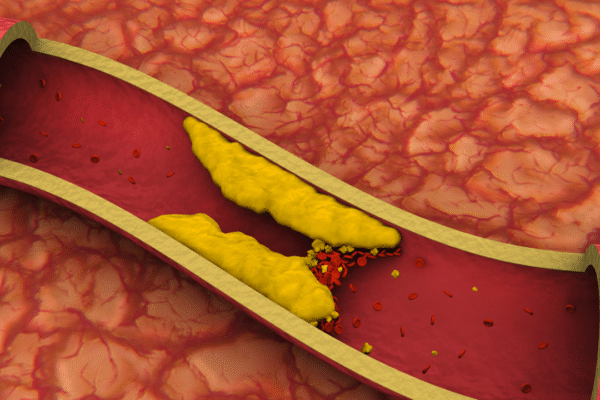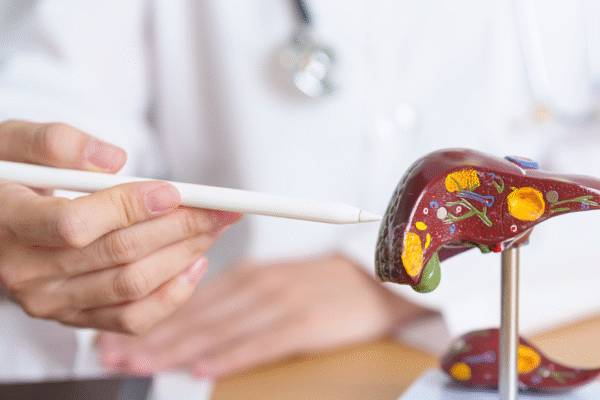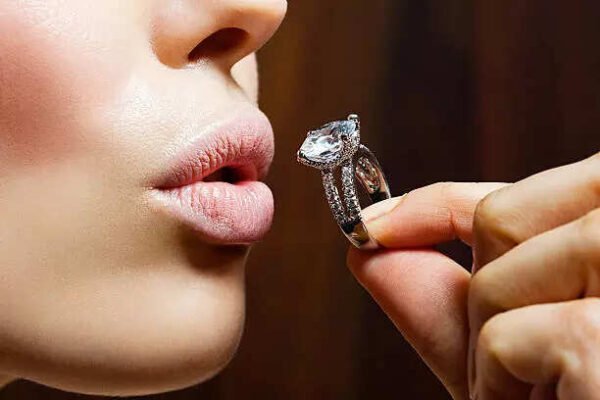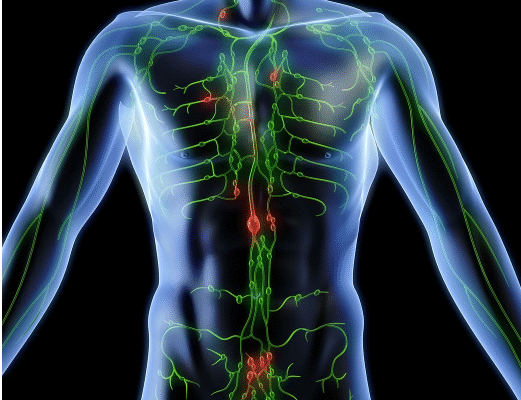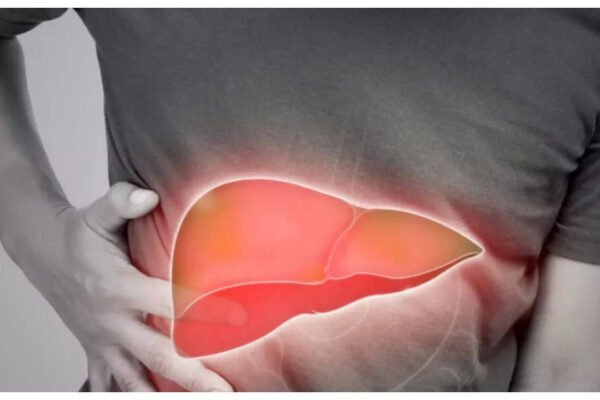
Flu vaccine: What is the update on influenza vaccine this year by the American Heart Association
The flu season is not just about fever, cough, or missing a few days of work. For many, especially older adults and those with underlying conditions, it can turn into a life-threatening illness. The flu vaccine is spoken about in simple terms, “it prevents flu.” But the real story is something else. Here’s everything we…


